 Palo Alto Stanford Heritage
Palo Alto Stanford Heritage 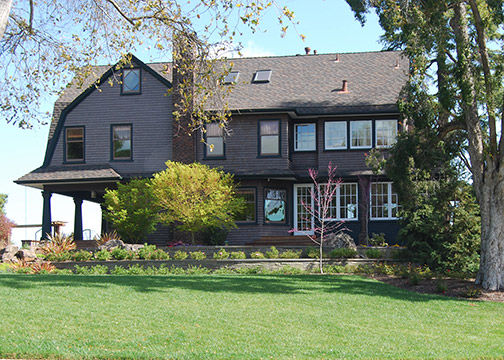
Stanford University hired William F. Durand in 1904 to chair the Department of Mechanical Engineering. He and his wife, Charlotte Kneen Durand, wanting to build a house on campus, searched for a site. Choosing one on San Juan Hill was easy as they fell in love with its spectacular valley oak which was hundreds of years old and which came to be know as the Durand Oak. Steven Marx eloquently explained their infatuation:
The tree in question was hidden from the street by a thick hedge. A narrow driveway… tunneled though the hedge and came out on a sight that stopped me cold. Near the edge of a sloping lawn rose a colossal creature with a massive trunk, serpentine limbs, and deliquescent twigs. Its gnarled and attenuated forms seemed to crouch, grope, and stretch, filling every inch of the hedge–enclosed yard.
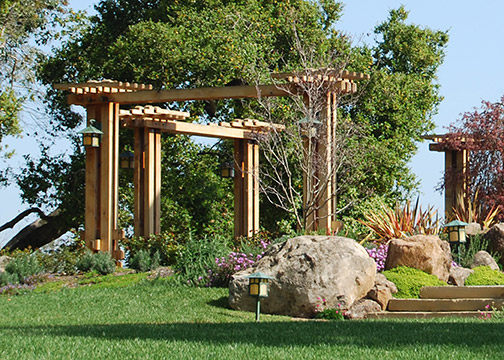
Securing a permit to build proved more difficult than choosing a site as the university’s business manager, Charles Lathrop was opposed to building outside the university’s established three–block residential area. Lathrop, who was Jane Stanford’s brother, “didn’t like faculty at all” according to Durand. The permit was finally granted and construction began in 1904.
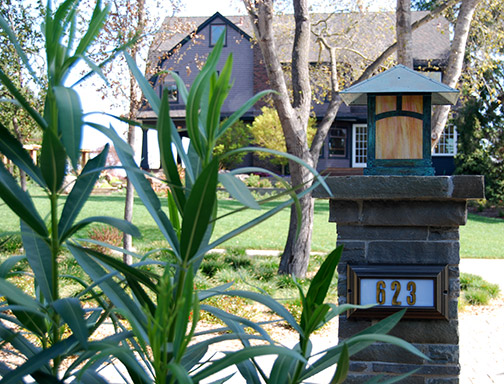
The Durands asked their friend, Arthur B. Clark to design a house suitable to the California landscape but with the ethos of New England. Clark, an architect and professor of art at the university had designed numerous Palo Alto and Stanford residences as well as the original Faculty Club and Bookstore. The shingle style design he chose was well suited to the site and was part of the widely popular First Bay Area Tradition architecture. This style was a regional interpretation of the Eastern Shingle style and was a reaction to the classicism of Beaux–Arts architecture. Noted architects such as Bernard Maybeck, Julia Morgan, Willis Polk, Ernest Coxhead and John Galen Howard were among its proponents. The shingle style endeavored to link buildings to nature by using local materials such as redwood. There was an emphasis on craftsmanship, volume, form and asymmetry.
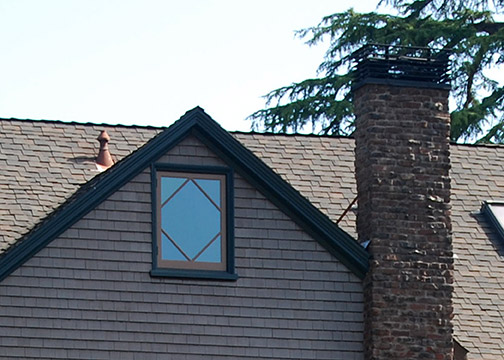
In 1905, the Durands moved into 623 Cabrillo with their twenty year old son, William Leavenworth Durand, a Stanford student. Their house was known for its interior and exterior use of native wood and its unique window. Shingles covered the exterior except for the rustic stone used at the porch and chimneys. A complex roof line of intersecting gambrels draws attention to the interesting manipulation of the windows. Some are cut across corners, others are bays, many are leaded with simple geometric patterns and the remaining mullioned windows have wavy glass. The most exceptional, at the staircase landing in the entry hall, has a view of the Bay. Its delicately colored art glass forms a stylized water lily design.
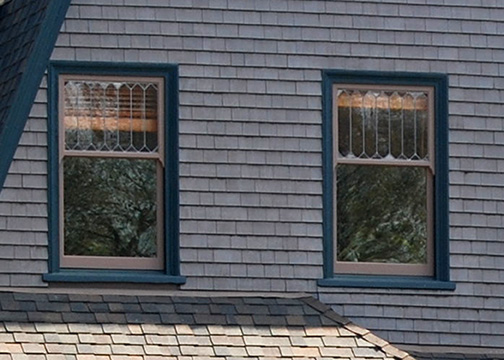
The entry hall newel post and banister repeat this water lily motif in their hand carving done by Professor Clark. A bench built into the side of the staircase faces the corner fireplace with its brick surround. According to Will Durand, visitors would wait on this bench until the family had finished dining and could then receive them in the living room. Throughout the house, local redwood appears in wainscot, fireplace paneling, benches, drawers and a built in sideboard. Professor Clark’s floral carving as well as grape clusters adorn these areas. The only non–native woods used are the Peruvian mahogany balustrade and the eastern white oak flooring. Perhaps recalling their chilly days at Cornell, the Durands added the innovative touch of a circulating hot–air coal furnace to their five fireplaces.
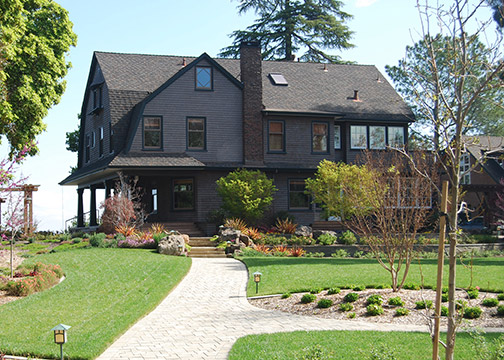
William Durand was never short on innovation. Hired to head the Mechanical Engineering Department, he went on to establish Stanford’s Department of Aeronautics in 1915, the second such in the nation. Among the most respected academics of his time, he was best known for his development of the first variable pitch propeller. Durand was a founder and served for decades on the National advisory Committee for Aeronautics, forerunner of the present–day NASA. After his 1924 retirement from Stanford, he oversaw the comprehensive series of monographs on aerodynamics that was widely used as a resource in scientific circles, writing three of the papers himself. Durand continued his scientific work until his death at the age of 99.
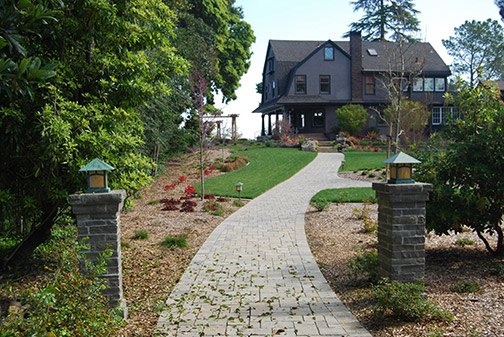
Fortunately, the Durands did not live long enough to witness the demise of their beloved Quercus lobata in the mid–eighties. Fortunate, also, is the fact that succeeding owners of their house, the Kirkman and Donoho families, have cared for and preserved this American Shingle style classic.©
PAST, May 30, 2014
| |
E-mail us at either webmaster@pastheritage.org or president@pastheritage.org.
![]() Palo Alto Stanford Heritage—Dedicated to the preservation of Palo Alto's historic buildings.
Palo Alto Stanford Heritage—Dedicated to the preservation of Palo Alto's historic buildings.
Copyright © 2015 Palo Alto Stanford Heritage. All rights reserved.